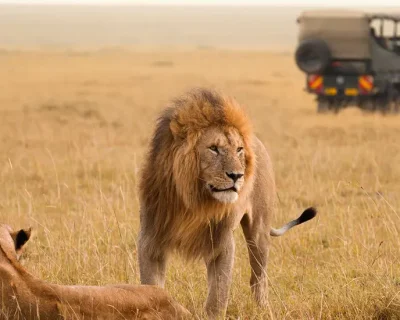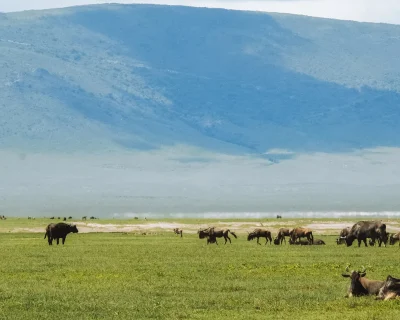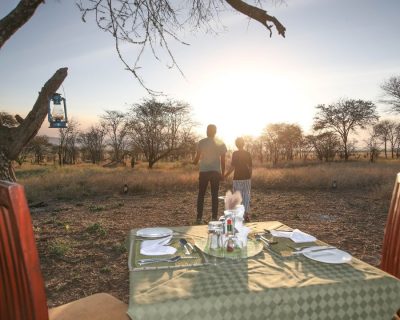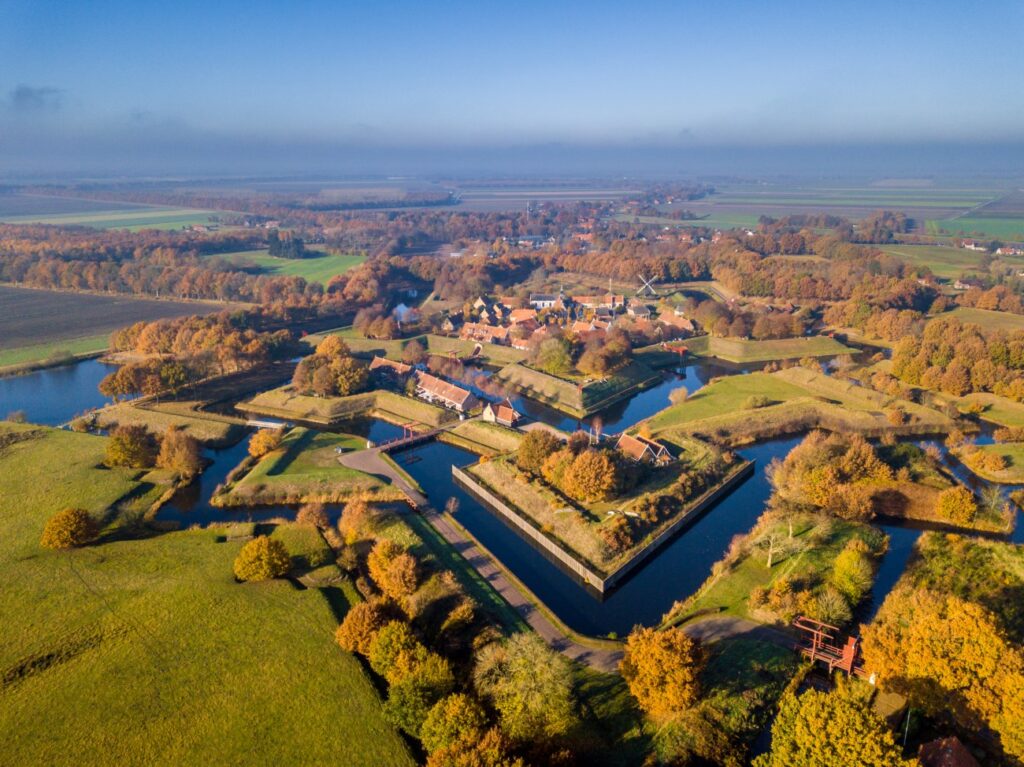Planning a safari in Tanzania? Chances are you’ve already heard of Tarangire, Serengeti, and Ngorongoro Crater. These three iconic parks form the backbone of Northern Tanzania’s safari circuit—but here’s the dilemma many travelers face:
Should you pick just one to focus your time and budget? Should you combine two? Or is it really worth seeing all three?
Each park offers something completely different—different wildlife, scenery, safari styles, and rhythms. This guide breaks it all down so you can make the smartest choice based on your travel style, timing, and goals. Whether you’re a first-time safari-goer, a photographer chasing big cats, or a couple planning a romantic adventure, we’ll help you decide:
Choose one—or go for all three. Here’s how.
🧭 Quick Park Profiles
| Park | Size | Key Feature | Known For | Wildlife Guarantee |
| Tarangire | 2,850 km² | Seasonal river & baobabs | Elephants, fewer crowds | Moderate |
| Serengeti | 14,763 km² | Vast open plains | Great Migration, predators | High |
| Ngorongoro | 260 km² (Crater floor) | Volcanic caldera | Big Five in one day | Very High |

🦁 Wildlife Density & Diversity
Tarangire:
Tarangire boasts excellent game density during the dry season (June–October), especially near the Tarangire River. Massive elephant herds (often 200+ individuals) are the headline, followed by lions, giraffes, impalas, and elands. Leopards are present but harder to see. It’s less consistent in the wet season as animals move to adjacent ecosystems.
Serengeti:
Unmatched in diversity and scale. Hosts the Great Migration—over 1.5 million wildebeest and 200,000 zebras. Big cats are prolific: lions, leopards, cheetahs, and hyenas are all common. You’ll also find giraffes, hippos, crocodiles, elephants, and the occasional rhino in the north or central zones.
Ngorongoro Crater:
Because it’s enclosed and fertile year-round, wildlife density is incredibly high. You can see the Big Five—often within a few hours. Expect lions, rhinos, elephants, buffaloes, hippos, hyenas, and lots of plains game. Giraffes are absent (they don’t climb in), but nearly everything else is here.
🐘 Unique Wildlife Highlights
| Animal | Tarangire | Serengeti | Ngorongoro |
| Elephants | Best herds in Tanzania | Present but scattered | Good in Lerai Forest |
| Lions | Common | Very High density | Very High density |
| Leopards | Occasional | Common (esp. Seronera) | Uncommon |
| Rhinos | Absent | Rare (Northern Serengeti) | Best chance |
| Wildebeest Migration | Partial (dry season) | Yes – central experience | Only peripheral herds |
| Cheetahs | Rare | Best spotted in Serengeti East | Occasionally seen |
| Giraffes | Abundant | Common | Not found inside the crater |
🌄 Landscapes & Scenery
Tarangire:
Baobab trees dominate the landscape, creating a visually striking contrast with dry riverbeds and open savannahs. During the wet season, the park turns green and is dotted with small swamps and seasonal lakes.
Serengeti:
Epic scale—this is what “safari” looks like in the movies. Endless golden plains, rocky kopjes, and dramatic seasonal changes. You’ll find wooded river valleys in the west, open plains in the south, and lush, hilly terrain in the north.
Ngorongoro Crater:
Stunningly unique. The view from the rim (2,200m above sea level) into the Crater is breathtaking. Inside, you’ll find open grasslands, Lerai Forest, marshes, a soda lake (Lake Magadi), and volcanic hills—all packed into one landscape.
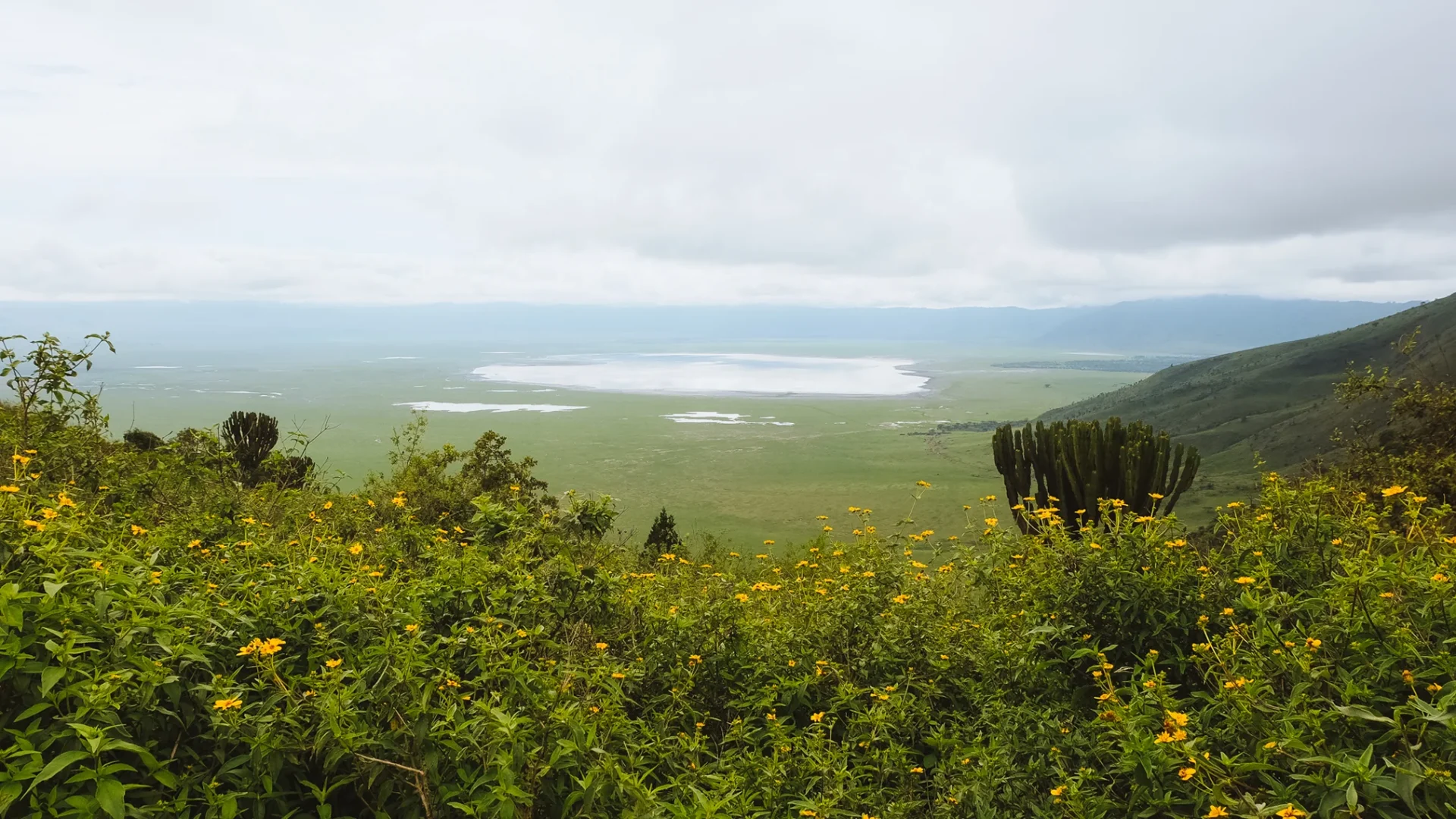
🚙 Safari Experience & Game Drive Style
| Category | Tarangire | Serengeti | Ngorongoro |
| Crowds | Low–Moderate | Moderate–High | High (esp. midday) |
| Road Conditions | Some rough patches, seasonal flooding | Generally good but remote distances | Good but can be congested |
| Game Drive Feel | Private, less pressure | Epic, varied, long-range | High-impact, short-loop |
| Off-road Permitted? | No | No (except Ndutu area during calving) | No |
📆 Best Times to Visit (By Month)
| Month | Tarangire | Serengeti | Ngorongoro |
| Jan–Mar | Green season, good birding | Calving season in south | Calving, lush landscapes |
| Apr–May | Wet, fewer animals | Rainy but scenic | Quiet, misty, fewer crowds |
| Jun–Jul | Dry season begins, elephants return | Great migration (Grumeti) | Clear and crisp |
| Aug–Sep | Peak season, elephants, lions | Great migration (Mara) | High visibility, dry |
| Oct | Last of dry season, golden scenery | Predator peak | High drama before rains |
| Nov–Dec | Short rains, green revival | Wildebeest begin heading south | Birding season, vibrant |
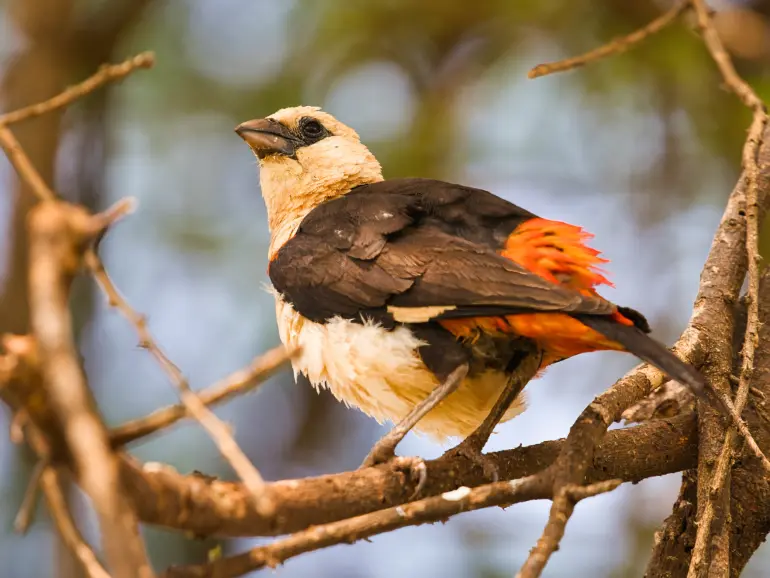
🐦 Birdwatching Potential
- Tarangire: Best park in the region for birders, especially in wet months. Look for hornbills, lilac-breasted rollers, and ground-dwelling species like ostriches.
- Serengeti: Strong birding across regions—especially around rivers and during the calving season.
- Ngorongoro: Excellent waterfowl and forest birds, plus flamingos at Lake Magadi.
📸 Photography Value
- Tarangire: Best light in dry season. Baobabs + elephants = iconic shots. Swamps add texture.
- Serengeti: The most varied and dramatic photography—from sweeping migrations to predator chases.
- Ngorongoro: Stunning scenery and intimate wildlife close-ups. Early mornings are gold.
🛬 Accessibility & Travel Time
| From Arusha | Tarangire | Serengeti | Ngorongoro |
| By road | ~2 hours | ~6–8 hours (via Ngorongoro) | ~3.5–4 hours |
| By air | Small strip nearby | Multiple airstrips | Closest via Lake Manyara airstrip |
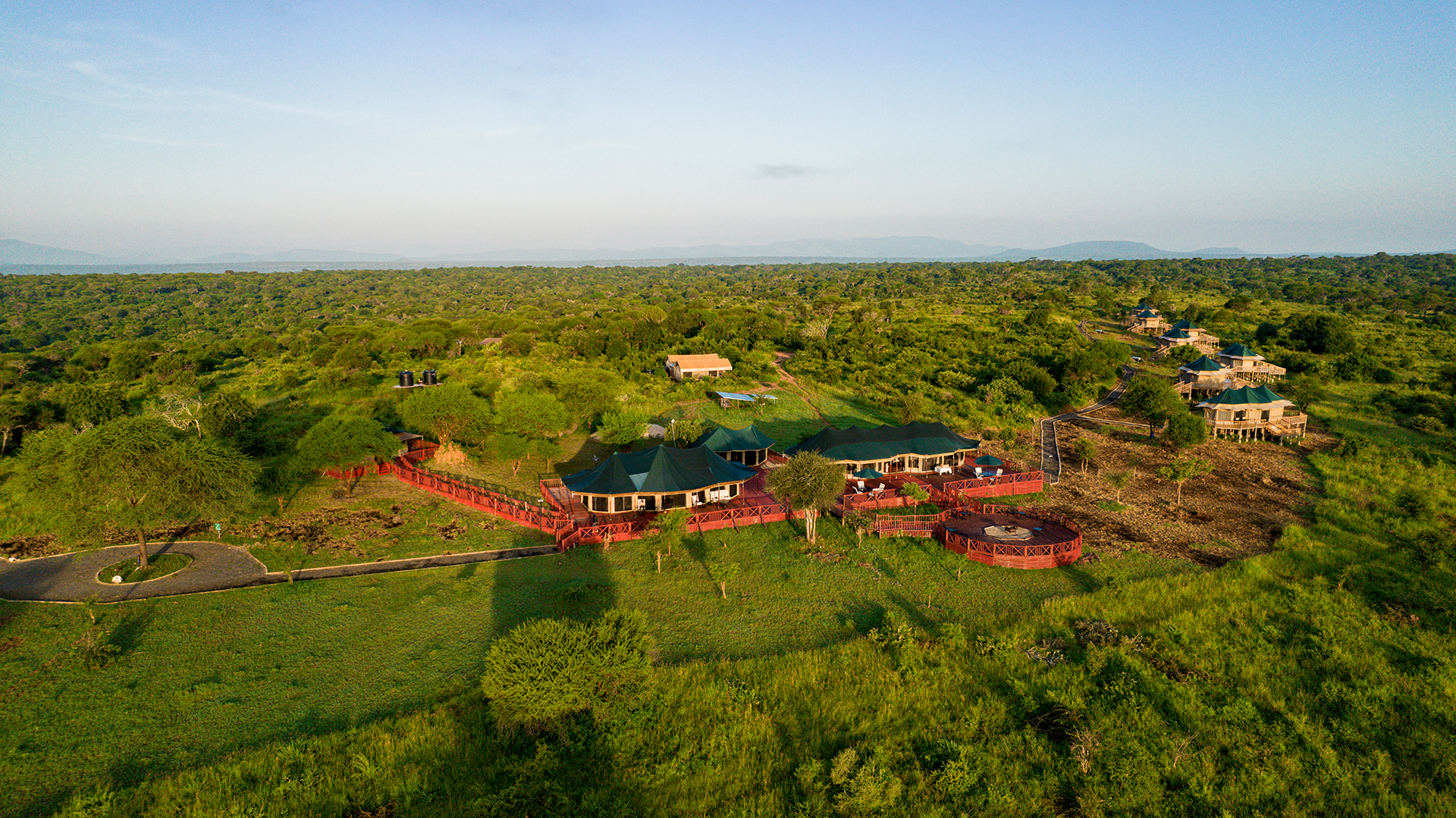
🏨 Accommodation & Budget
- Tarangire: Mostly midrange and luxury camps; some budget options outside the park. Less expensive than Serengeti.
- Serengeti: Wide range—budget public campsites to ultra-luxury lodges. Park fees + remoteness make it the most expensive overall.
- Ngorongoro: Lodges mostly on the Crater rim, priced at a premium due to location. Only few campsites inside Crater access zone.
⏳ How Many Days?
- Tarangire: 1–2 nights ideal
- Ngorongoro: 1 full-day crater descent or 1 night max
- Serengeti: Minimum 3 nights to do it justice, more if following the migration
👥 Who Should Go Where?
| Traveler Type | Best Park(s) |
| First-time safari-goer | Ngorongoro + Serengeti |
| Photographer | Serengeti (plus Ngorongoro for portraits) |
| Family with young kids | Ngorongoro (short drives) + Tarangire |
| Birdwatcher | Tarangire + Ngorongoro |
| Luxury traveler | Serengeti + Ngorongoro lodges |
| Short-trip visitor | Ngorongoro (day trip) or Tarangire |
| Adventurer/repeater | Tarangire in green season or remote Serengeti zones |
🧳 Suggested Itineraries
🎯 5-Day Express Safari (Big Five Focus):
- Day 1: Tarangire
- Day 2: Ngorongoro Crater
- Days 3–5: Central Serengeti
🌿 7-Day Balanced Safari:
- Day 1–2: Tarangire
- Day 3: Lake Manyara or cultural visit
- Day 4: Ngorongoro Crater
- Days 5–7: Serengeti
📷 10-Day Photographer’s Dream Safari (continued):
- Days 1–2: Tarangire (elephants + baobabs)
- Day 3: Ngorongoro Crater rim stay
- Day 4: Full-day descent into Ngorongoro Crater
- Days 5–10: Serengeti – split between central Seronera and north (or south if following the migration)
Final Verdict: Choose One… or Do All Three?
If you’re short on time or working with a tighter budget, choose one—but choose based on your priorities:
- Want guaranteed Big Five and incredible scenery in one day? → Go to Ngorongoro Crater
- Want classic African safari with endless plains and predators? → Head to the Serengeti
- Want space, fewer crowds, and some of Africa’s largest elephant herds? → Pick Tarangire
If you have 5–7 days, combining two parks will give you a balanced and rich safari.
If you have 8–10+ days, there’s no better choice than doing all three.
Because Tarangire, Serengeti, and Ngorongoro aren’t competing.
They’re complementary chapters in one of the greatest safari stories on Earth.
This is how you experience Tanzania:
- The peace of Tarangire
- The power of the Serengeti
- The beauty of Ngorongoro
Choose one—or choose all three. Either way, you’re choosing right.

